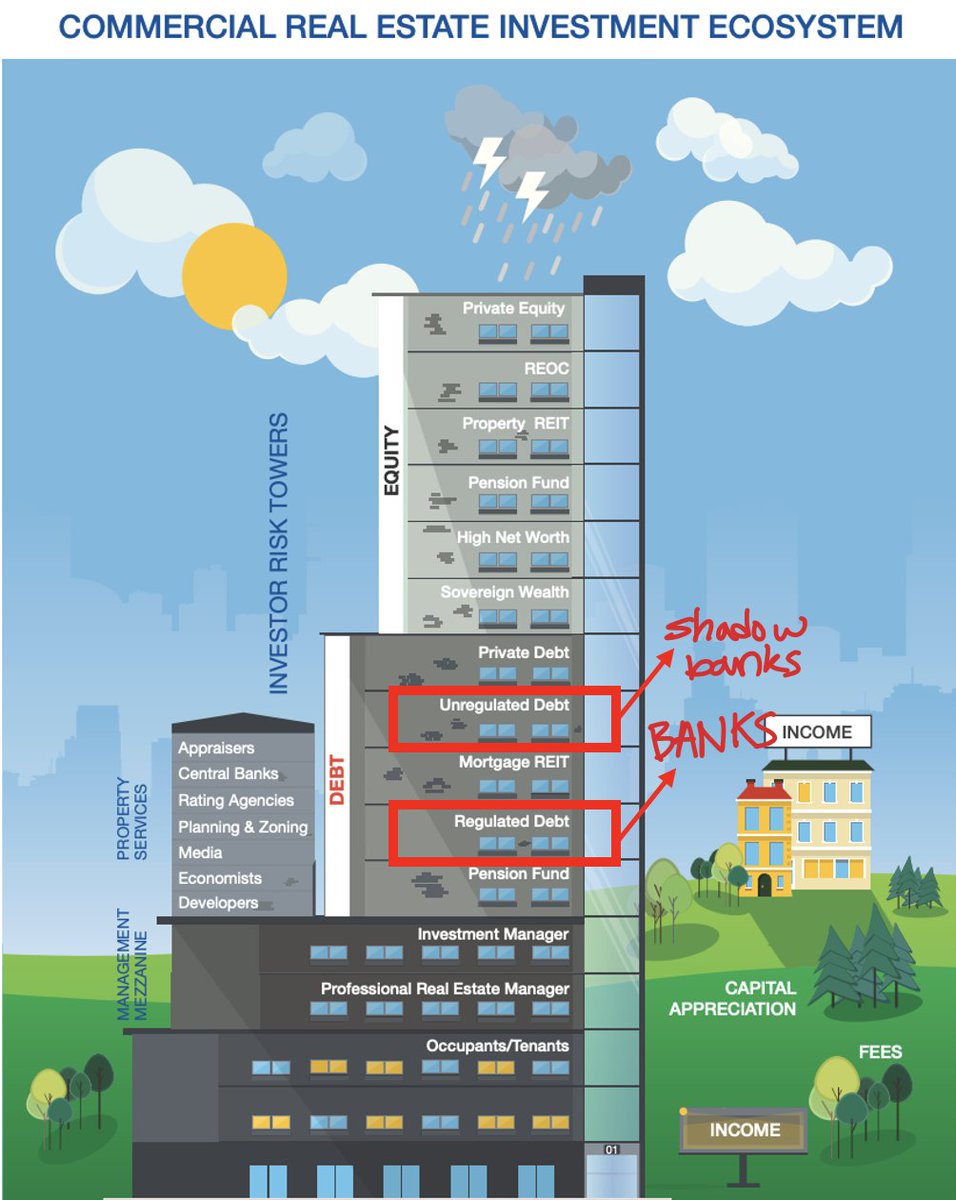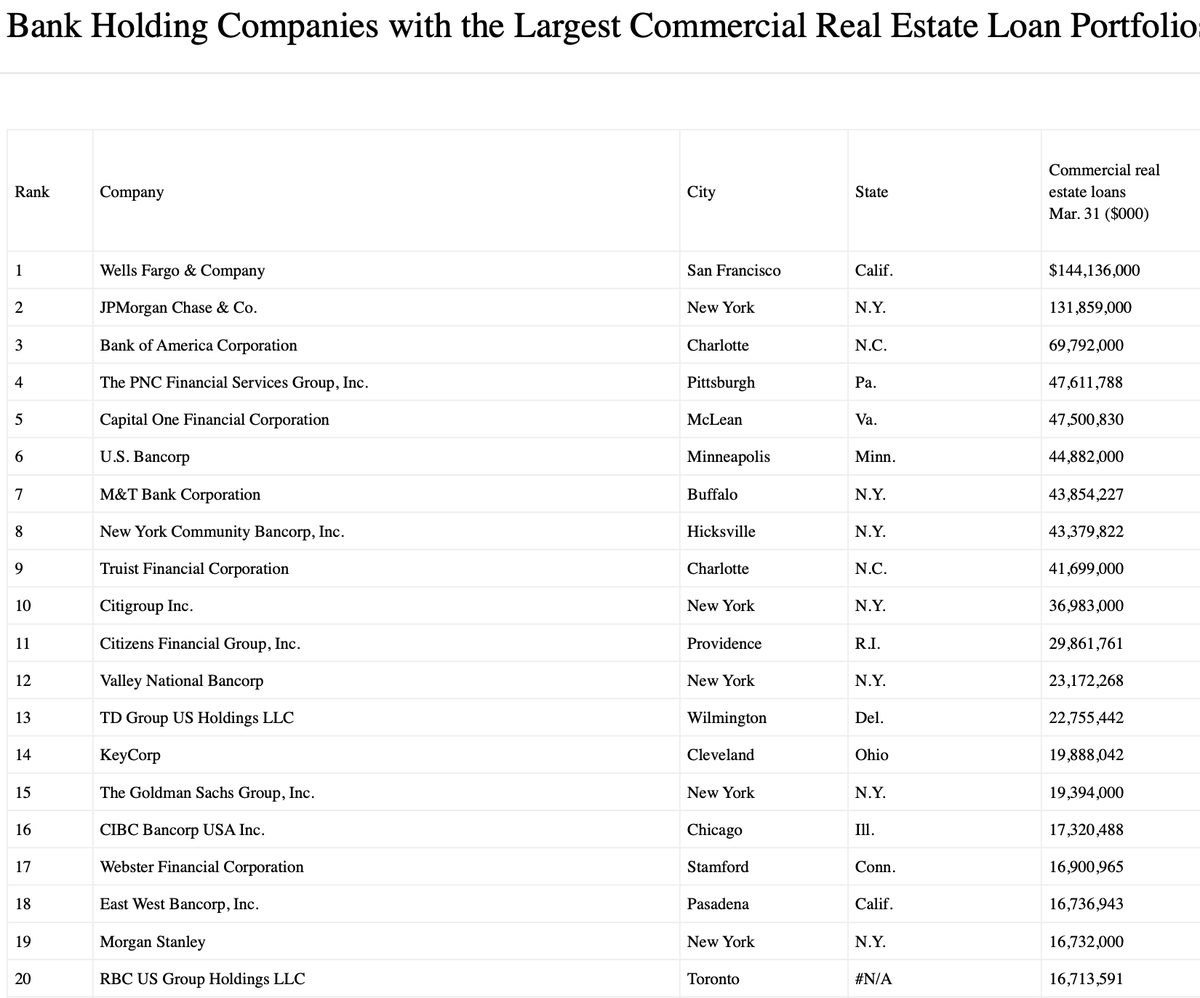Yield Farming is a Misnomer
There. I said it.
Earning yield/ "LP"ing is marketed as "passive income" as if risk-free, but in fact that's a traitorously inaccurate sales pitch for what it ACTUALLY is:
Covered options writing.
An exposé on the real risks & returns👇.
🧵/
There. I said it.
Earning yield/ "LP"ing is marketed as "passive income" as if risk-free, but in fact that's a traitorously inaccurate sales pitch for what it ACTUALLY is:
Covered options writing.
An exposé on the real risks & returns👇.
🧵/

1/ People think it's like holding treasuries. It's not.
Returns on yield farming depend on:
- absolute returns of the underlying (aka beta)
- impermanent loss (aka relative volatility)
- fees & rewards (theta premium)
- capital concentration - @Uniswap V3 (strike selection)
Returns on yield farming depend on:
- absolute returns of the underlying (aka beta)
- impermanent loss (aka relative volatility)
- fees & rewards (theta premium)
- capital concentration - @Uniswap V3 (strike selection)
Returns on treasuries (and safe/IG bonds) depend on:
- interest rates
- inflation
For high yield bonds, add:
- counter-party/default risk
- liquidity risk
Clearly "yield" in TradFi and "yield" in DeFi look NOTHING alike.
LP yield is more like betting on options premium. Why?
- interest rates
- inflation
For high yield bonds, add:
- counter-party/default risk
- liquidity risk
Clearly "yield" in TradFi and "yield" in DeFi look NOTHING alike.
LP yield is more like betting on options premium. Why?
2/ Dampened downside in stable pools
Say u LP into an $ETH/$DAI stable pool w/ 1 $ETH + 4416 $DAI ($8832 @ time of lockup).
If $ETH drops 30% next week:
Say u get back 1.2 ETH + 3708 DAI (1.2*70%*4416).
That's $7416 or -16% ROI.
i.e It's like buying the stock + fractional put.
Say u LP into an $ETH/$DAI stable pool w/ 1 $ETH + 4416 $DAI ($8832 @ time of lockup).
If $ETH drops 30% next week:
Say u get back 1.2 ETH + 3708 DAI (1.2*70%*4416).
That's $7416 or -16% ROI.
i.e It's like buying the stock + fractional put.

3/ Dampened upside in stable pools (ur opportunity cost vs. hodling the underlier)
Continuing with the 1 $ETH + 4416 $DAI example...
If $ETH instead moons 2x next week:
Say u get back 0.6 ETH + 5299 DAI (0.6*2*4416).
That's $10598, or 20% ROI...
< 100% ROI if u'd just hodl'ed.
Continuing with the 1 $ETH + 4416 $DAI example...
If $ETH instead moons 2x next week:
Say u get back 0.6 ETH + 5299 DAI (0.6*2*4416).
That's $10598, or 20% ROI...
< 100% ROI if u'd just hodl'ed.

Here it's like you're selling a fractional covered call (e.g. long 1x ETH, short a 0.8x call with at-the-money strike).
Fees earned from liquidity mining are like the upfront options premia of selling a call. Fixed value guaranteed but not vs. the volatility of the underlying.
Fees earned from liquidity mining are like the upfront options premia of selling a call. Fixed value guaranteed but not vs. the volatility of the underlying.

4/ Un-dampened downside + upside in non-stable pools
Say u LP into a BTC/ETH pool w/ 1 $BTC + 14.3 $ETH (worth $122.2K).
If both coins equally crash 30% next week:
U get back the same 1 BTC + 14.3 ETH.
But now it's $85.5K.
Ur not hedged.
Ur holding naked longs w/ no stop loss.
Say u LP into a BTC/ETH pool w/ 1 $BTC + 14.3 $ETH (worth $122.2K).
If both coins equally crash 30% next week:
U get back the same 1 BTC + 14.3 ETH.
But now it's $85.5K.
Ur not hedged.
Ur holding naked longs w/ no stop loss.
5/ Add in fees & rewards
For simplicity, let's consider the Uniswap v1/v2 case where the protocol pays LPs 0.3% of trades in fees + some governance tokens as rewards.
What happens to your risk/loss function when we add fees & rewards?
It's a vertical shift up [see diagram]
For simplicity, let's consider the Uniswap v1/v2 case where the protocol pays LPs 0.3% of trades in fees + some governance tokens as rewards.
What happens to your risk/loss function when we add fees & rewards?
It's a vertical shift up [see diagram]

Without fees, whenever the relative price of the 2 tokens in a swap diverge (left or right along the IL curve), LPs lose out.
Add in fees (i.e. options premium) to compensate the shorts and the risk function resembles a straddle (sell 1 Put + sell 1 Call)
Here's a side-by-side:
Add in fees (i.e. options premium) to compensate the shorts and the risk function resembles a straddle (sell 1 Put + sell 1 Call)
Here's a side-by-side:

TLDR: Yield farming on an AMM doesn't actually pay a "yield."
It pays an options premium resembling somewhere between a covered call strategy and a short straddle strategy.
It's not passive income.
It's not guaranteed profit.
Know your risks before you trade.
It pays an options premium resembling somewhere between a covered call strategy and a short straddle strategy.
It's not passive income.
It's not guaranteed profit.
Know your risks before you trade.
If you didn't fully understand this thread / feel like you're missing financial context, check out some of my more "intro" finance threads on market-mapping the DeFi ecosystem, options premiums, and AMMs/liquidity provision:
https://t.co/21hpUcEuU2
https://twitter.com/FabiusMercurius/status/1452349285865984000
https://t.co/21hpUcEuU2
• • •
Missing some Tweet in this thread? You can try to
force a refresh



















